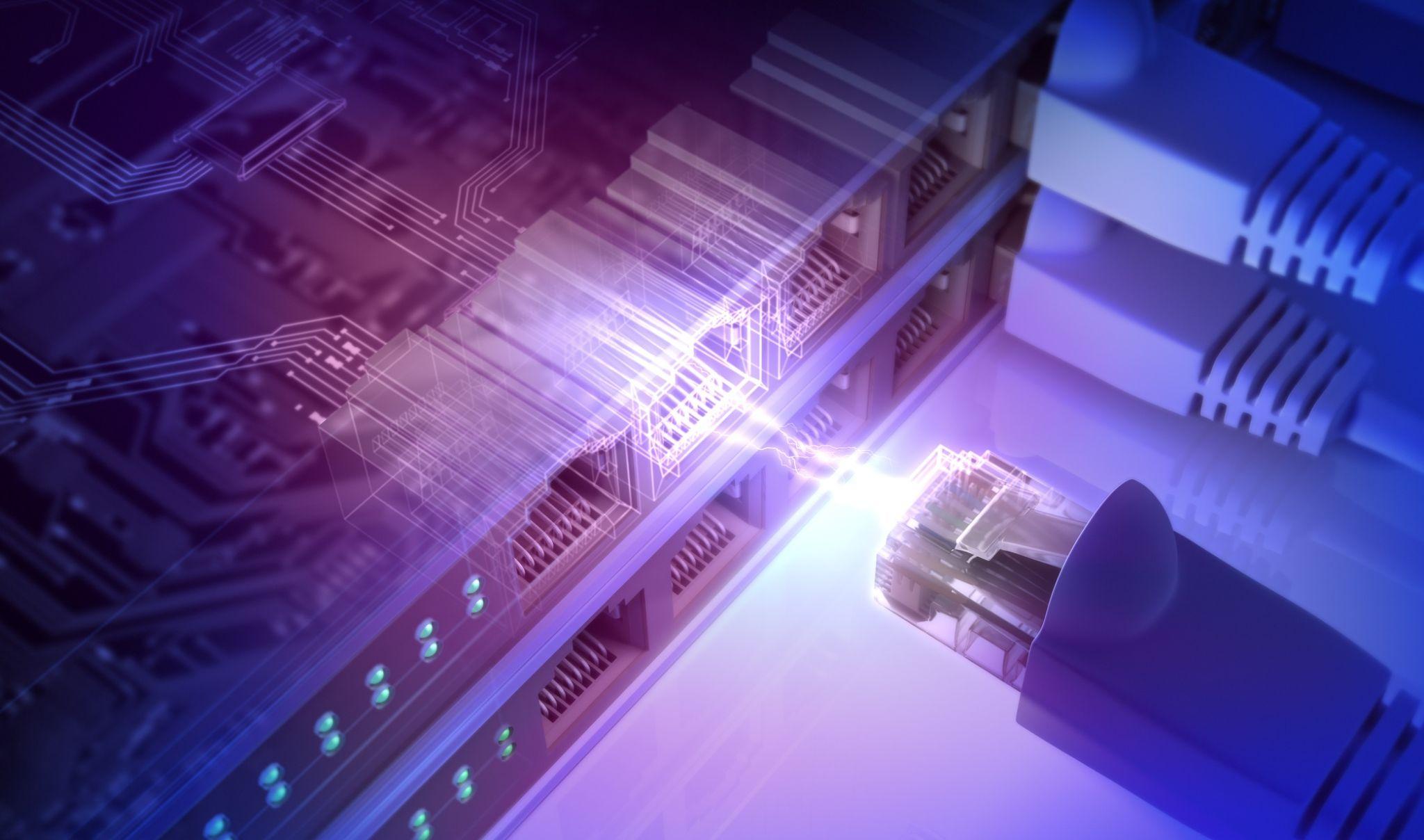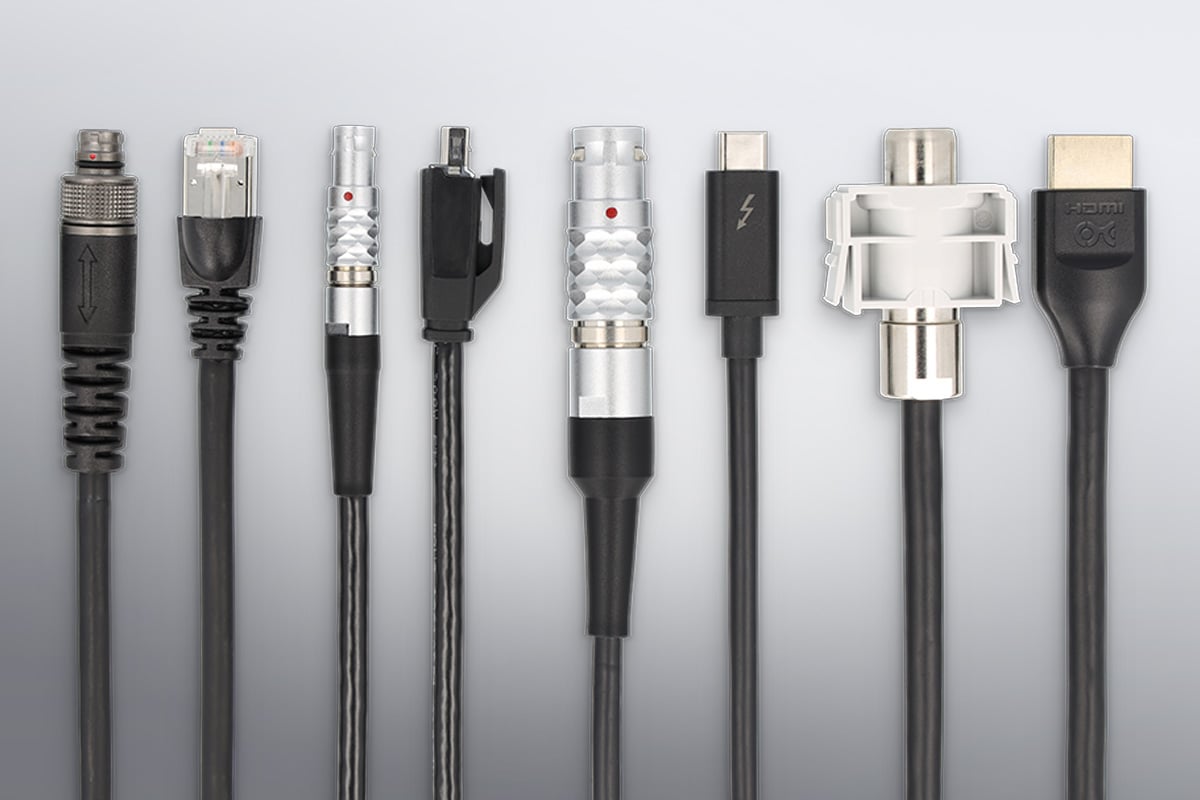Choosing the Right Connector for High-Speed Data Transfer

Table of Contents
In the digital landscape, where digital communication is essential, high-speed data transfer plays a crucial role in everyday life. Electrical connectors are the heroes for high-speed data transfer.
Electrical Connectors serve as a bridge for transferring electrical data between different electronic devices. It plays a crucial role in high-speed data transfer.
One of the major advantages of electrical connectors in high-speed data transfer is their ability to maintain signal integrity. Precise timing and signal fidelity are important things in high-speed data transmission to prevent signal loss. Thus, connectors are designed to minimize signal distortion and interference. It helps to preserve the integrity of data transmission.
In high-speed applications, even a small disruption can lead to data loss. Thus, high-speed connectors are designed properly to ensure a stable data connection.
Application of High-Speed Data Transfer

In the growing digital landscape, high-speed data transfer is crucial in everyday life. Some of the common applications of High-Speed data transfer include:
Streaming: Watching movies or listening to music online smoothly.
Gaming: Playing games with friends online without lag.
Cloud Storage: Storing and accessing files from anywhere.
Video Calls: Communicating with others through clear video calls.
Social Media: Sharing updates and photos instantly.
Remote Work: Accessing work resources and collaborating online.
Online Learning: Studying and attending classes remotely.
Healthcare: Sharing medical records for timely care.
Navigation: Getting real-time directions for safe travel.
Types of High-Speed Data Connectors
The common types of high-speed data connectors include:
| Connector Type | Definition/Functionality | Types | Applications/Advantages |
|---|---|---|---|
| USB Connectors | Used for Universal Serial Bus connections | USB-A, USB-B, USB-C | High-speed data transfer, versatility, compatibility |
| HDMI Connectors | High-Definition Multimedia Interface connectors | HDMI Type A, Type B, etc. | Video and audio transmission, high-quality output |
| Thunderbolt Connectors | Enables high-speed data transfer and power delivery | Thunderbolt 3, Thunderbolt 4 | Fast data transfer, daisy-chaining, power delivery |
| Ethernet Connectors | Used for wired network connections | RJ45, RJ11, etc. | Networking, internet connectivity, high-speed data transfer |
| Fiber Optic Connectors | Enable optical data transmission | LC, SC, ST, etc. | Long-distance data transmission, high bandwidth |
| SATA Connectors | Serial ATA connectors for storage devices | SATA 3.0, SATA Express | High-speed data transfer in storage devices, compatibility |
| DisplayPort Connectors | Used for video and audio transmission | DisplayPort 1.4, 2.0 | High-resolution video and audio output, multiple display support |
Factors to Consider While Selecting the Right Connector for High-Speed Data Transfer

To select a connector for achieving high-speed data transfer, you have to carefully consider the various factors. Some of the major factors to consider while selecting the right connector for high-speed data transfer include:
Bandwidth
Bandwidth measures how much data can be transferred along a communications channel. The more frequencies available to the communications channel, the more data that can be transferred at once. It means the connector having a higher bandwidth can transfer the data at a high-speed rate. When choosing the connector for a particular application, it is crucial to evaluate the bandwidth requirements. In the case of data-intensive applications like real-time data analysis or high-definition (HD) video streaming, this consideration becomes important.
Signal Integrity
Signal Integrity measures the quality of electrical data or signal. It is one of the factors to consider when considering high-speed data transfer within the electrical connector. During the transmission of data, the quality and precision of the data is maintained by signal integrity. High-speed data transfer requires precise timing and voltage levels for transmitting and receiving signals. Maintaining good signal integrity helps to minimize the degradation and distortion of signals for speed data transfer.
Impedance
For high-speed data transfer, there should be minimum signal reflection. Maximizing the power transfer can obtain it. It can be achieved with the help of impedance matching. It is the process used in electronic systems for matching the output impedance of the signal with the input impedance of the load. When the impedance of the transmission line, electrical connectors, and loads are matched, the power transfer is optimized. It results in a stronger signal at the receiving point. The establishment of strong and reliable signals ultimately aids in high-speed data transfer.
CrossTalk
Crosstalk is a phenomenon in electronic systems where the signals from one transmission line or circuit are coupled with an adjacent circuit or transmission line. It can lead to data errors and signal distortion and minimize the system’s performance. For high-speed data transfer, selecting electrical connectors with minimal cross-talk is crucial. This involves ensuring proper design and employing crosstalk mitigating techniques, such as shielding the metallic layer of the conductors, to prevent external electromagnetic interference.
Durability and Reliability
Demanding market areas, such as industrial manufacturing, automotive applications, and mobile devices, are common places for high-speed data transfer. Mil-spec Circuit Connectors are a common type of connector for these applications. Thus, it is crucial to have the durability and reliability of electrical connectors. Without compromising the functionality, connectors should be able to withstand mechanical stress, temperature changes, and exposure to adverse environments. Considering factors like mechanical robustness and temperature variation, connectors should be considered for high-speed data transfer.
Conclusion
Electrical connectors are an important part of high-speed data transfer. These connectors serve as the backbone of modern digital communication. It enables seamless data transmission between different electronic devices. When selecting electrical connectors for high-speed data transfer, consider bandwidth, signal integrity, impedance matching, crosstalk mitigation, durability, and reliability to ensure optimal performance and minimize data loss.
FAQs
What is impedance matching, and why is it crucial for high-speed data transfer?
Impedance matching optimizes the power transfer by aligning the impedance of transmission lines, connectors, sources, and loads.
How to minimize crosstalk in high-speed data transmission?
Cross-talk in high-speed data transmission can be minimized by selecting the right connectors with proper design and shielding.
Can I use the same connectors for various high-speed data transmissions?
Some connectors are versatile and can be used in wide applications. To use the same connector for various applications, you have to consider the specific requirements for each application.
How to determine the bandwidth requirement for my application?
You can determine the required bandwidth by evaluating your data transfer need for your application like real-time data analysis or HD video streaming.






